There are many reasons why a company may consider outsourcing payroll operations. Before we get into how you will choose what the best payroll outsourcing option is for you, it's important to understand what your options are.

Local or global payroll do not get spoken about much. It happens in the background, with most employees blind to the amount of work that goes into the process of getting their salary on time and in the right amount each month.
But payroll really matters. Everyone deserves to get paid on time and in full, and so the system through which you pay your employees needs to run like clockwork, month-in, month-out, free from error, inaccuracy or delay.
As more companies start employing people outside of their home markets, tapping into the global talent pool and recruiting for remote-first roles that can be carried out anywhere, payroll is naturally affected too. It requires introducing, among other things, an international payroll capability, which is no easy ordeal.
There was a time when organisations may have tried to offset that by working with internationally remote workers through a contracting relationship. A monthly invoice is a much easier way to pay someone than running international payroll (employing someone compliantly, in turn, takes much more than running international payroll). However, what many companies around the world are realising is that using independent contractors for full-time roles is not a good idea, as it’s illegal in most jurisdictions.
This means that remote-based team members must be full-time employees on the payroll. Regardless of where the company or its employees are based, every employee must be on a local payroll, and receive accurate pay and an accurate payslip, with all withholdings and deductions submitted to the local tax authorities.
In this guide, we’ll cover the basics of setting up global payroll, the different ways of managing the process, how external payroll partners operate, and best practice tips to avoid common stumbling blocks when managing payroll on an ongoing basis.
Managing global payroll is never easy, irrespective of your company’s size or experience level. But with the right approach, it’s possible to take the pain out of payroll and create a best-practice operation that will serve your business – and save you money – as you grow.
1) How to set up global payroll
2) Running your global payroll: key considerations
3) Understanding global payroll services
4) Best practice global payroll management
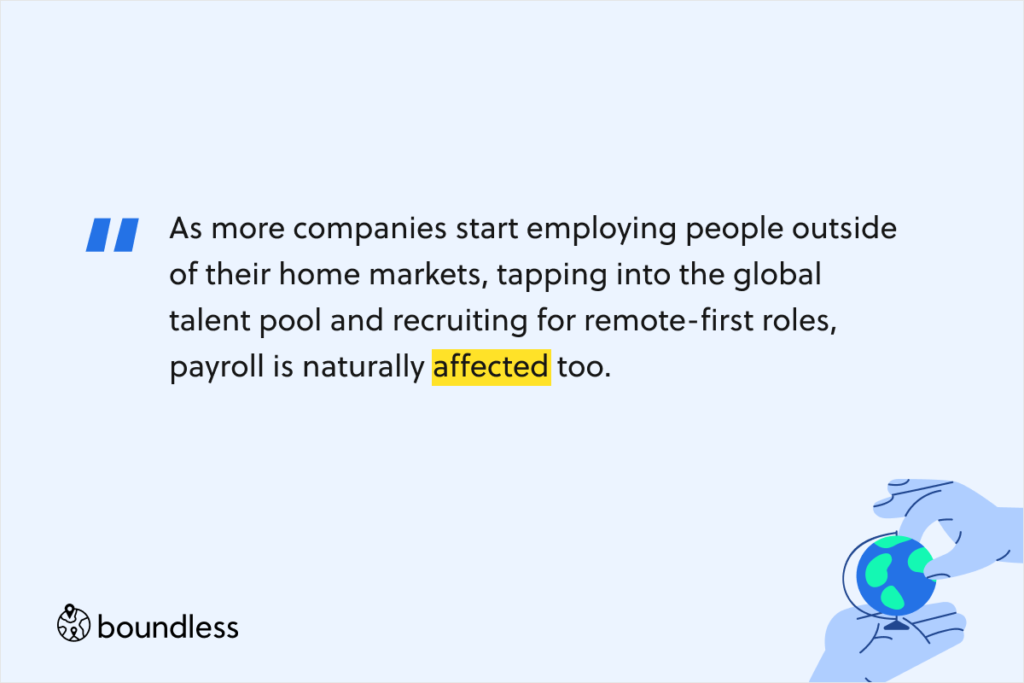
Legally employing your team members and establishing international payroll processes can be time-consuming and requires a range of different expertise.
We’ve broken the task down into 10 essential steps that you’ll need to walk through in each country where you’re looking to employ people:
1) Set up an entity and register as an employer
2) Study and comply with each local employment law
3) Collect and secure employee data
4) Account for monthly changes
5) Track local rules and regulations
6) Build a robust process for change updates
7) Check the output for each salary in each country
8) Establish a treasury process for international payroll
9) Filing with tax authorities
10) Do it all again next month.
Skipping or short-cutting these steps isn’t an option, but we’ve included as much information as we can to make setting up global payroll a little more palatable.
And as we’ll explore in Chapter 2, there are several different ways your organisation can approach this process, depending on how much control you wish to retain over payroll management.
You have to be set up as an employer in the country where each of your employees is a tax resident. To do this, you’ll need a lawyer and an accountant.
With EU countries, you may be able to employ people across multiple member states from a single entity, providing you register with each relevant tax and social security authority.
In some countries, such as Ireland and the UK, you will deal with the same entity regarding income tax and social security (The Revenue Commissioners and HMRC, respectively). In other jurisdictions, such as Italy, Spain and Portugal, there will be two separate entities, increasing the complexity of filing taxes and notifying authorities each month.
The cost of social security charges varies considerably from place to place. For example, in South Africa, there’s no charge to employers, whereas across most EU member states it’s around 21.2%, and in France, it’s around 45% on average.
Every country comes with local regulations, which you need to adhere to from the moment you employ a tax resident of that country. Many of those regulations affect payroll directly: salaries have to be aligned with the minimum wage; employment contracts need to have all the necessary elements; working hours and paid time off must be stipulated accordingly.
Beyond that, different countries will have various regulations regarding health and safety in case of accidents, as well as absence and sick leave. All these can affect the salary numbers every month.
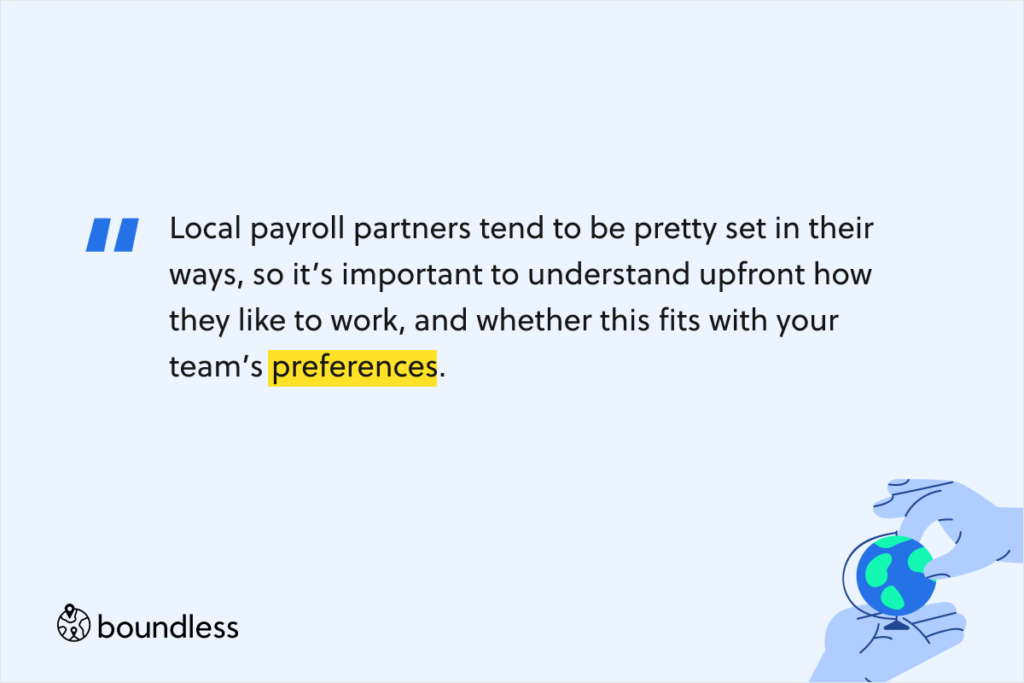
To pay your employees, you first need to collect their details, including their name, address, family status, social security number or local equivalent, date of birth, and bank account details.
You’ll also need to gather information on mandatory deductions such as payroll taxes, pay rate, pay frequency, regular earnings, and overtime (if that applies), along with salary, bonus and commission schemes, and employee benefits such as retirement contributions, health insurance premiums and benefits-in-kind.
Best practices for keeping all the information safe include centralising personal data, storing it in a single and secure location, and avoiding duplicating information as much as possible (notably on paper). And of course, you need to make sure that all personal data about EU-based citizens is compliant with the General Data Protection Regulation (GDPR).
It’s vital to look out for changes in employees’ circumstances and keep your payroll information updated. People move, change family status, have children, receive a salary increase, move from part-time to full time or vice versa, receive bonuses or add family members to their insurance packages.
In addition, employees may have taken sick leave or unpaid time off work. All of these things may have an impact on the month’s salary.
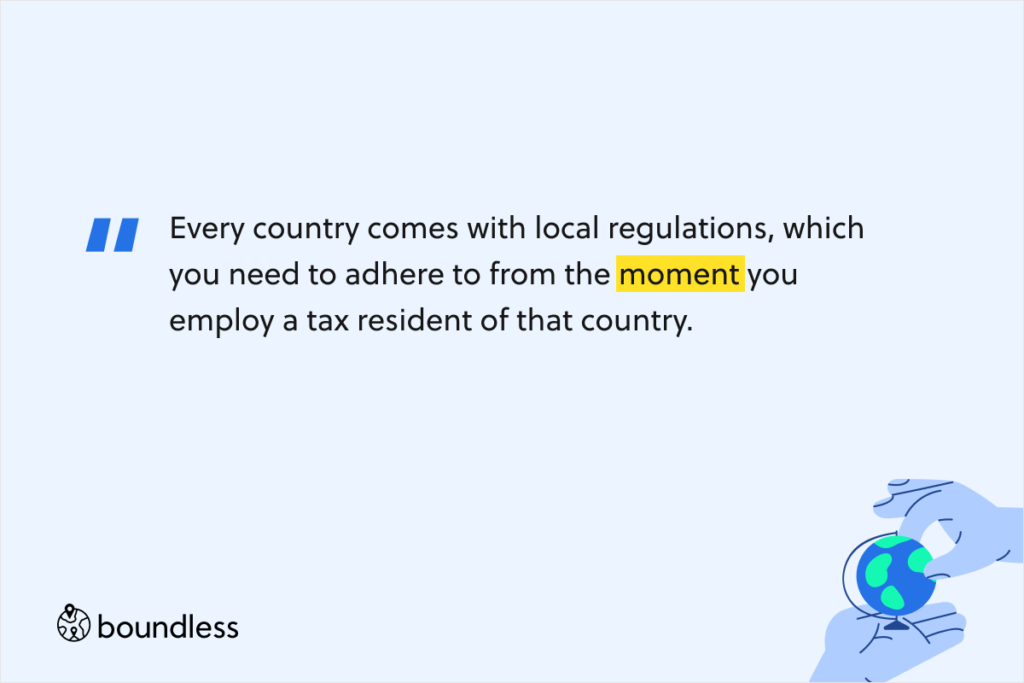
Governments frequently make tweaks to employment legislation, most of which are introduced at the start of the new tax year. This means you need to keep an eye on what’s happening in each country where you employ people and ensure you reflect any changes – for example, to tax or social security levels – in your payroll operation.
Don’t assume the tax year is the same in every country. In the UK and many other parts of the world, the tax year runs from April to March, but in Brazil, it’s the calendar year, and in Australia, it’s July to June.
And keep an eye out for unexpected force majeure changes. The pandemic is a good example of governments changing their benefits and support systems at short notice, but it doesn’t always take a global incident to trigger a shift in a country’s rules and regulations.
The process for feeding these changes and updates to your payroll provider is essential. It’s all too common for smaller companies to send changes to payroll providers manually in an email – a clunky, insecure method that increases the risk of error. Instead, you need to create a process for storing the data in platforms and HR systems that automatically communicate with your payroll providers’ systems.
Whatever HR system you choose, ideally, you will want it to update your payroll system automatically, because that means that whoever is responsible for payroll will have an easy way to check whether the output is correct.
Checking the output for each employee in each country requires an internal audit process carried out by someone in your payroll team. There are a couple of different ways to approach this:
Neither of these should produce vastly different numbers. However, reasons for differences could be that a mistake was made along the way, or a change hasn’t been accounted for (e.g. a staff bonus). Conducting the audit will allow you to easily spot these errors and intervene before the employee gets paid.
To make sure money always hits employees’ accounts on time, you must establish a treasury process.

Start by looking at bank accounts. Technically you can pay an overseas salary from your company’s existing bank account, but some countries – such as Denmark – require you to have a local account to pay taxes and social insurance. In any case, it’s a good idea to open a local bank account and use it for local payroll to simplify your accounting.
You also need to bear in mind exchange rate fluctuations that may change the final amount your employee receives. Services such as TransferWise can eliminate this risk by allowing the employer to send a fixed fee in their local currency, but international transfers can still take a long time. Allow a couple of days for the money to arrive, and be aware of local bank holidays and cut off times in each country, as these may interrupt transfer processing.
After running payroll, you have to deal with tax authorities, municipalities and all other entities where you are filing on behalf of your employees. You will need to send some information online to tax and social security authorities regarding how much you’ve deducted from the employee’s gross salary and how much of that sum is due to them. Different authorities will recoup the money in different ways, generally via direct debit. You need to make sure that you will have the money in your bank account for them to take it out.
In the past, companies had to pay withholding tax and social contributions every month and consolidate them on a single annual return. However, more countries are now applying a real-time reporting system. Once each payroll is closed, you’ll need to submit a filing (typically electronic) containing the pertinent details. And, as is always the way with global employment, not every country will ask for the same level of detail!
With that, a monthly cycle of payroll concludes… Until next month when you have to do it all over again.
When deciding who should be in charge of operating your payroll, three core choices await you:
With the in-house approach, you handle everything yourself – from initial employee registrations to month-by-month payments and filings. The first issue to consider is whether you have the internal expertise to handle each step in the payroll process (such as knowledge of local rules, regulations and deadlines). Similarly, do you have the technical prowess to integrate, manage and automate payroll information flowing to and from multiple platforms (for example, time-keeping systems, benefits provider databases, and government gateways)?
The second issue is whether you really want to do this all yourself. If you’re running a lean finance team and looking to grow globally at pace, handling payroll in-house can quickly become an all-consuming task.
External partners can handle most of the core payroll activities for you, so this is a good option if you lack internal resources or the expertise needed to run global payroll efficiently and compliantly.
Fully-outsourced payroll can alleviate the pressure around recurring activities, so your finance team doesn’t experience a week of pain at the end of each month. But you’ll still be responsible – to both your employees and the authorities – for ensuring the accuracy and timeliness of payroll operations. Most importantly, you still need to be a registered employer in each country where you employ people and complete tax filings on behalf of your company and employees.
The key to an effective outsourcing relationship is to establish robust processes for exchanging all relevant data each month, ensuring that any changes are communicated clearly ahead of time.
If you’ve done your homework and selected a best-in-class payroll partner, you can look to them to advise you on what’s happening in each local market and whether there are any rule changes that might affect you. But remember, effective payroll operations require careful coordination, so it’s always worth putting the time into developing the relationship with your chosen partner.
Not every company wants to cede their monthly payroll duties entirely, which is why many organisations opt for a hybrid approach, managing payroll in-house in some territories (such as their home country) and using external partners in others (such as new territories where there are just a few remote employees).
This tends to be a good approach if you’re a fast-growth company and the next new country launch is always on the horizon. External payroll partners make it easier for you to keep the global expansion going, and once your presence in a country grows, you may wish to take the payroll responsibilities back in-house again.
Every organisation has its own unique structure, personnel and payroll needs, so there is no definitive ‘right answer’ on how, where and when to outsource payroll. The critical point to remember is that while outsourcing means less heavy lifting, it also means losing some of the control you have over payroll operations. You have to be able to trust each and every payroll partner.
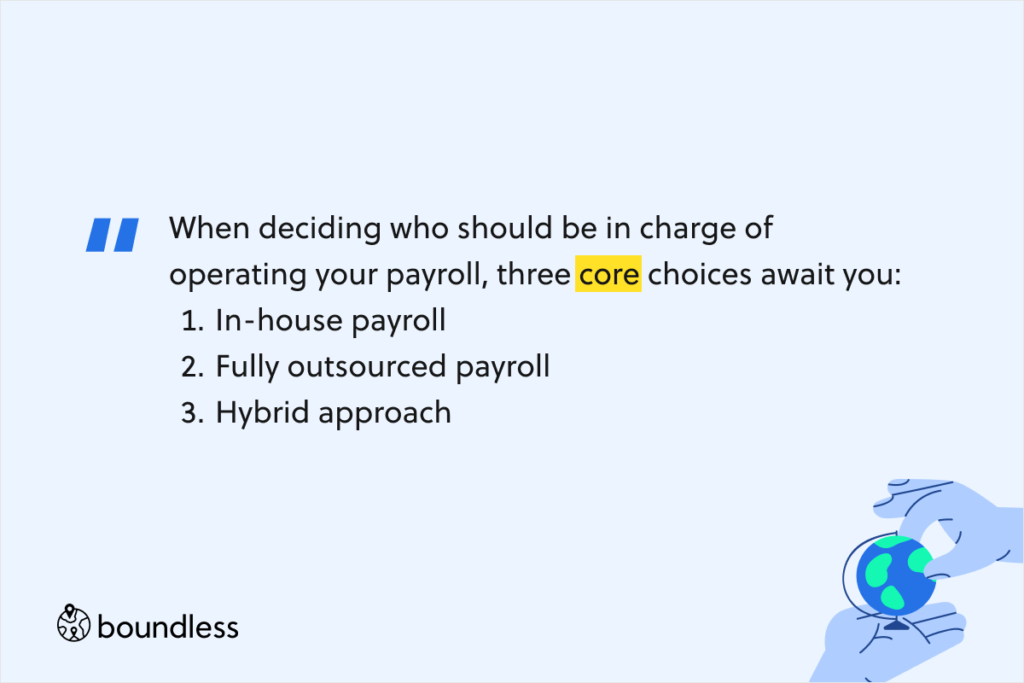
As a general rule of thumb, if you have 250+ employees within a specific country, it’s better to focus on building out your internal payroll team – especially if you already have a competent finance and accounting operation. It will be more cost-effective and easier to manage than attempting to keep an external partner looped into every detail pertaining to every employee.
In contrast, if you’re entering a new country for the first time, it takes a tremendous amount of effort to gain the local knowledge you need to compliantly employ someone and pay them every month. Outsourcing is a far better approach in this scenario, and a good payroll partner will be able to scale with you as you employ more people and build out your in-country presence.
There are exceptions to this rule. Some countries (for example, the UK and Ireland) are similar enough that if you’re managing payroll in-house in one, it shouldn’t be too difficult to employ people compliantly in the other, even factoring in the rigmarole of registering as an employer and setting up a locally compliant payroll solution.
If you decide to go down the outsourcing route, the next question is if/when you should consider insourcing your payroll again? Every organisation is different, but in our experience, once a company reaches 80+ employees in a country, in-house tends to make financial and operational sense.
Payroll isn’t always a prominent consideration when organisations are mapping out their strategic priorities and planning their long-term growth. But it pays to factor payroll into your thinking from the outset and establish a clear strategy for managing global payroll.
Here are a few questions to get you started:
If you have decided that it makes sense to go with a fully outsourced or hybrid approach to global payroll (and most companies do, at least at first), the next step is to determine what sort of partner you need to meet your payroll obligations.
In simple terms, this boils down to whether to team up with a local or a multi-country payroll service. And, as ever, the answer isn’t clear cut!
Payroll partners that operate solely within their domestic market are likely to understand every nuance of local employment and payroll regulation thoroughly. In the quest for watertight compliance, a local partner may be a safer option than a multi-country partner. Similarly, if you’re only looking to employ people in a few additional markets, choosing a local specialist in each one may be the best way to keep your payroll running seamlessly, with no unexpected headaches.
Local partners tend to be pretty set in their ways, so it’s important to understand upfront how they like to work, and whether this fits with your team’s preferences. Each service provider will want to collect data on a monthly (or even weekly) basis, and different providers will have their own timings, formats and communication styles you’ll have to accommodate.
And remember, once you have multiple countries to deal with, the overhead of managing each relationship will grow exponentially. If you’re operating across more than 3-4 countries, working with separate payroll providers in each could be too much overhead.
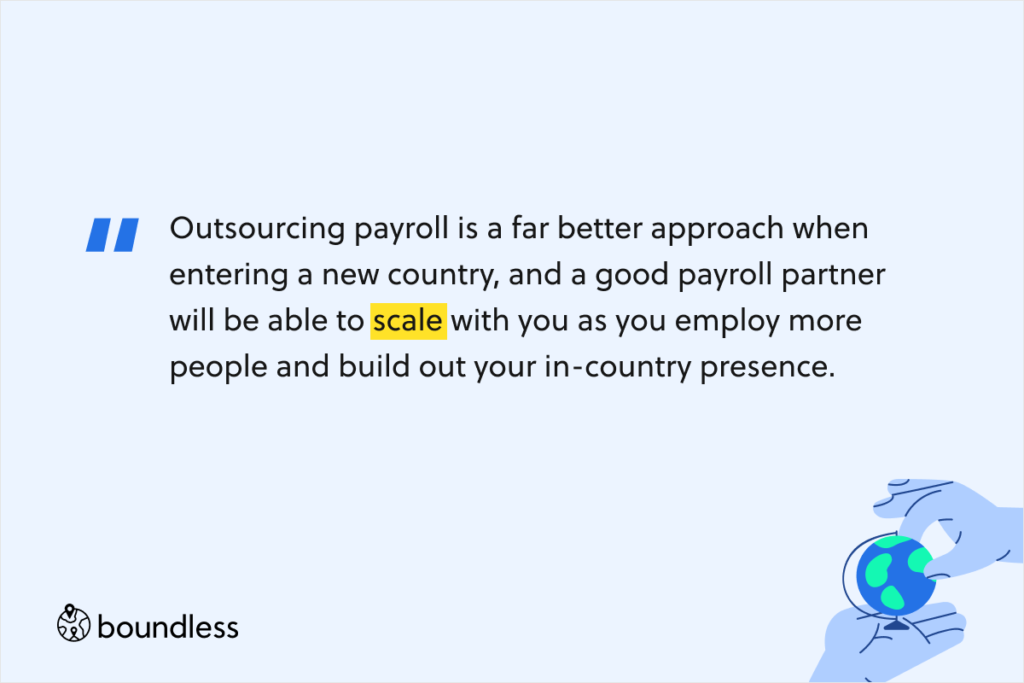
Choosing a single partner that manages multiple countries solves some of the above challenges. You’ll get one point of contact, a consistent reporting and communications approach for every country, and payroll will feel very similar from one country to the next, as everything will be centralised.
The downside is there’s a lot more pressure on you to pick the right partner for your company. You’ll be relying on them to be your eyes and ears in every market. You’ll also need them to work fluently and efficiently with your internal team, as any difficulties in the relationship could have far more wide-ranging consequences than when working with a local partner. It’s also much more challenging to change partners if you’re unhappy with the service, as it means disruption across every market you’re employing people.
If you are struggling how to make a choice on your global payroll provider, we put together some useful tips.
As we’ve mentioned, local payroll practices, processes, and regulations differ wildly from country to country, and there are multiple options for setting up and managing your global payroll.
Regardless of your approach, here are a few best-practice tips that will lead you on the pathway towards more efficient payroll, a happier employee base, and cast-iron compliance wherever you operate.
Everyone looks out for payday; people manage their lives around it, and late or incorrect payments can have severe consequences far beyond irritation and inconvenience. While you may have your local payroll all tight, moving it internationally does pose potential challenges and hiccups. Yet, regardless of where in the world your people are, they will want to be paid on time.
Whether you’re managing payroll yourself or using an external partner, you need to prioritise the employee experience and ensure that accuracy and timeliness are your watchwords every time the next payroll comes around.
You may be a payroll expert in your home market, but this knowledge won’t always count for much if you’re trying to employ people on the other side of the world, in a country you know very little about.
Think carefully before deciding to manage global payroll in-house. It almost always involves more work than you envisage. And if you aren’t already familiar with local employment rules and regulations, you could quickly find you’ve bitten off more than you can chew. At that point, you’ll be rushing to find an external partner to bail you out rather than making a more considered choice for the long-term.
The same gross salary will yield different net pay from one country to the next. This is due to all the varying taxes, tax bands, allowances, benefits, contributions and tax credits for whom both the employee and the employer are liable.
Calculating cross border salaries is no easy feat, as our Global Payroll lead Marco Pasqualin explains in this article. And it presents a particular payroll challenge when employees move countries.
For example, a single British employee with no children, no mortgage, and an annual gross salary of £50,000 might take home circa £47,500 after tax. However, if this employee decides to move to Ireland, her net pay will fall to around £34,900.
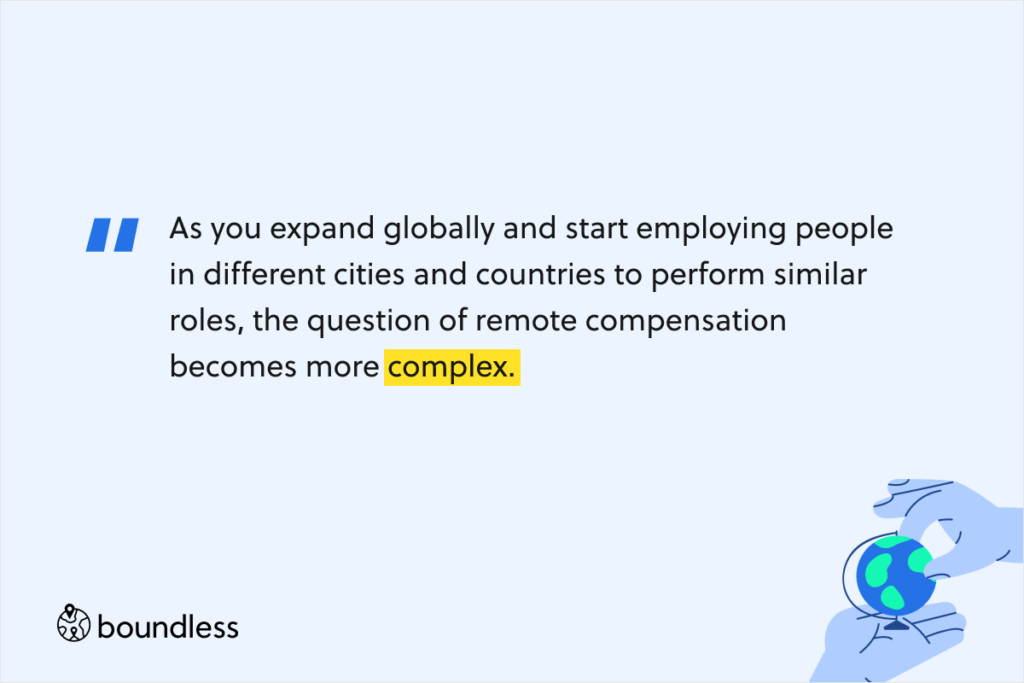
As you expand globally and start employing people in different cities and countries to perform similar roles, the question of remote compensation becomes more and more complex.
It’s not just a question of gross versus net pay. An employee’s pay packet won’t go nearly as far if they live in one of Europe’s most expensive cities compared to an employee working from home in the countryside. And their overall compensation may look lightweight if they live in a country where few benefits are mandated by the Government (such as the US) compared to a colleague living in Sweden.
Solving this challenge and ensuring fair and equitable compensation for all of your remote-based workers is a subject we explore in more detail in our recent whitepaper on remote compensation.
If you’re outsourcing payroll or going with a hybrid approach, you need to maintain transparency across your partner network and ensure that employee data is securely held at all times.
Every payroll partner needs to be vetted to ensure their IT systems and processes are up to scratch and that they’re taking adequate steps to protect your local employees’ details. Failure to do this exposes your company – and its employees – to the risk of cyber attack and data theft, and could also carry legal consequences and financial repercussions in the event of a breach.
Similarly, you need a complete picture of how your payroll partners operate. This is particularly important if you’re using a multi-country payroll partner. Do they have a presence in every country in which they operate, or are they too reliant on external partners, and if so, how far and wide is your employee data being shared (and is it being held and transferred securely)?
Deciding how to run and manage global payroll is not straightforward. And the reality is that to properly employ someone in a foreign country, running their payroll is only part of your duties. This is where an Employer of Record such as Boundless comes in, which can fully support your global payroll needs.
For example, at Boundless, we give you the comfort and security of local payroll providers minus the overhead of communicating with different partners in different countries. We bring all multi-country operations into one easy-to-use platform, and because we’re an Employer of Record, we act as the local employer in each country and take care of all tax filings and payments, as well as all other compliance. It’s a painless way of getting employment and payroll sorted, giving you one less thing to worry about as you grow your business and start tapping into a global talent pool. Speak to an expert to find out more.
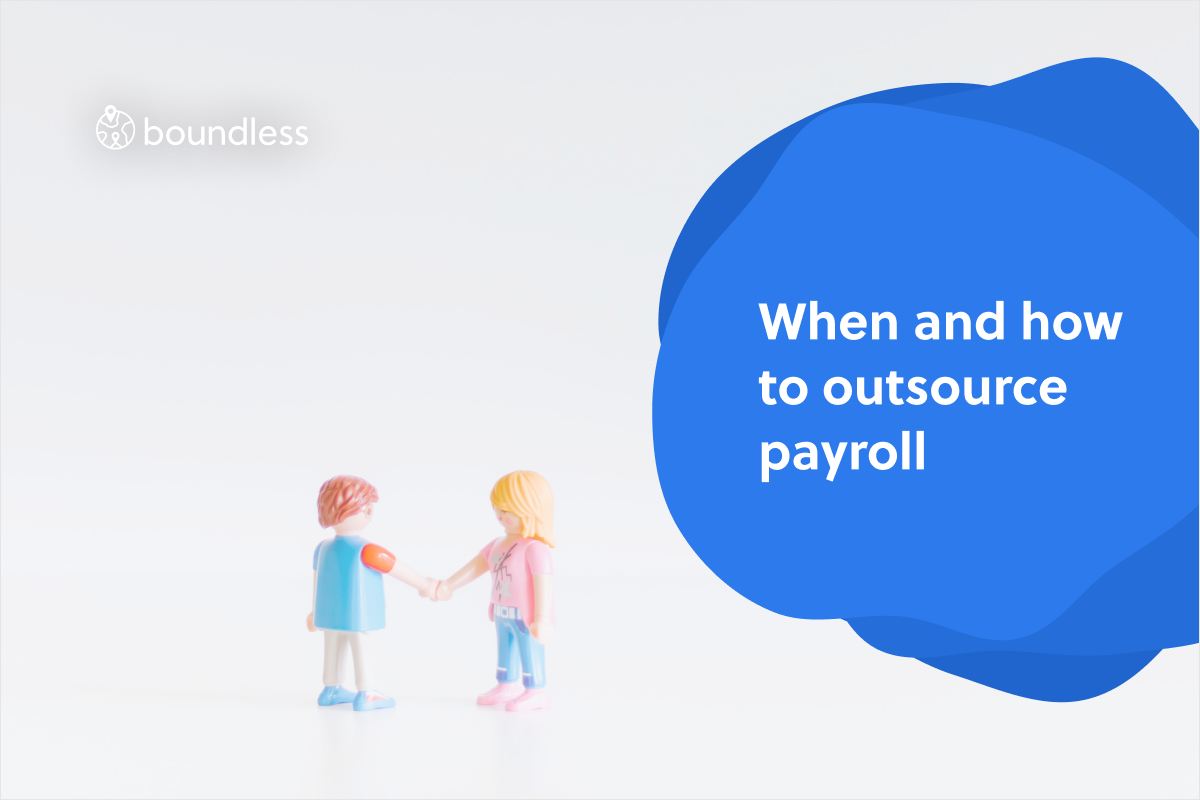
There are many reasons why a company may consider outsourcing payroll operations. Before we get into how you will choose what the best payroll outsourcing option is for you, it's important to understand what your options are.

An extensive guide on how benefits in kind tax works around the world, when employees are exempted from it, how companies can offset it, and how to file benefit in kind taxes accurately for your employees.

A benefit in kind is any non-cash benefit of monetary value that an employer provides to employees. Unlike statutory benefits, which are mandated by the government, benefits in kind are something that a company offers at its own will.
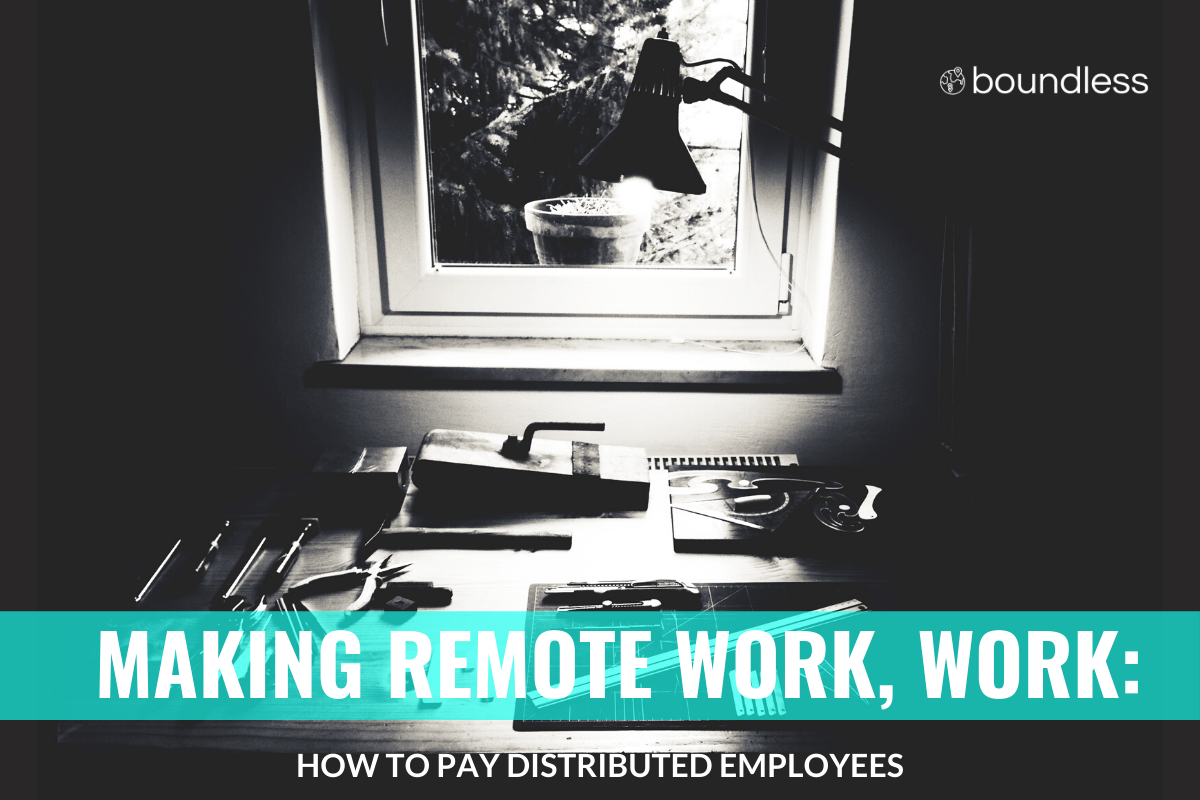
Every company has their story of how they became remote and distributed. At my last company, we became a distributed organisation organically, rather than proactively and here's how it worked.
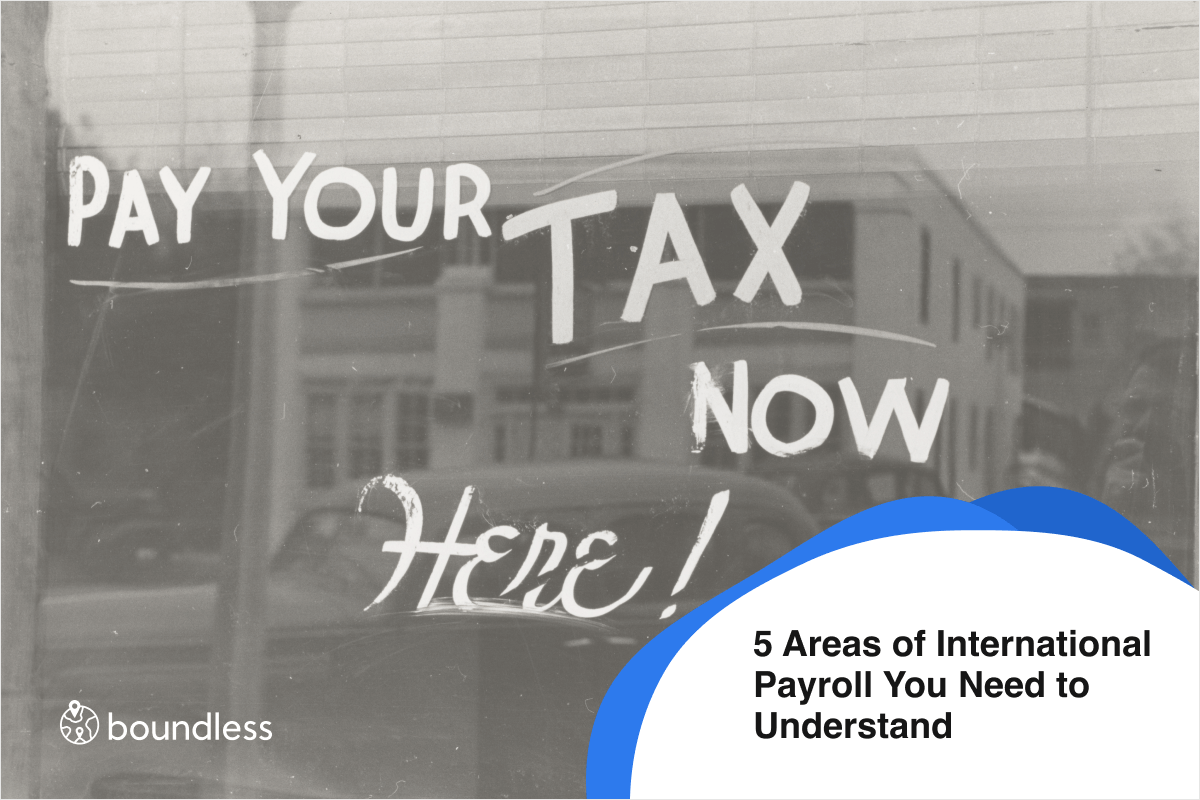
Payroll is the process and system by which a company pays its employees, and involves keeping employee financial records, calculating their paycheck taking wages, taxes, tax credits, allowances, and benefits-in-kind into consideration. Here is what you need to understand about international payroll.

As an employer, what are you to do if an employee asks you to move back to their home country? Should you do the right thing and allow them to move back, and if you do, how do you deal with this from an operational perspective? Let's find out!